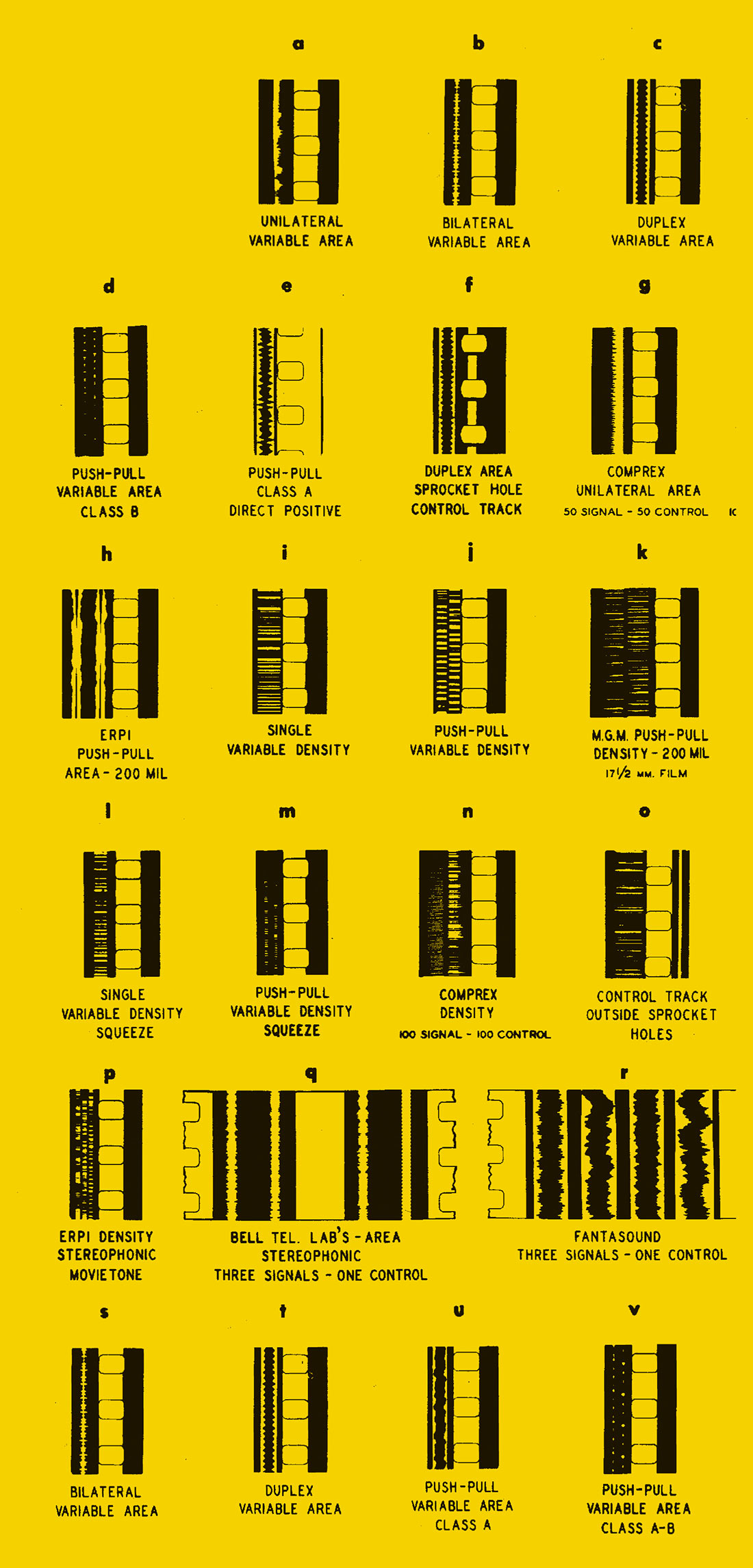In releasing this hardbound book, the folks at Ableton have continued to highlight their company and product as "the DAW that's different." It's hard to imagine any of the other major players in the DAW landscape even considering a project like this, but for Ableton, it seems like a natural fit. There are tons of books written about making music with computers, but most of them are dated by the time the ink is dry, as they're usually focused on particular software applications that are constantly moving targets. There are also lots of books about recording technique, but most of these cover the same topics that have been rehashed for decades, with the more recent ones being suited for ADD-driven online consumption. With titles like "How to Record Vocals," the discussion is often on what types of mics to buy, how to maximize gain structure, and when to use a pop filter. What's absent from so much of the literature is the creative process of making music — the aesthetic and creative decisions that need to be made regardless of what type of gear you own. As someone who enjoys books about making music, I'm a bit bummed out by most of the publications on the subject, but I'm particularly pleased by Making Music. This book has been compared to the Oblique Strategies cards (Brian Eno and Peter Schmidt), and I'll bet the title is an homage of sorts.
Dennis DeSantis is the Head of Documentation at Ableton and an electronic musician himself. He's done a beautiful job of standing back and analyzing his creative workflow and articulating his process in this book. While the title refers to "Electronic Music Producers," and some of you may be thinking, "I'm not an EDM guy/gal," I think that anyone making music in any capacity will find something of interest here. And really, in the age of DAWs, aren't we all pretty much working in "electronic music" in one way or another?
The book is divided up into three main sections — "Problems of Beginning," "Problems of Progressing," and "Problems of Finishing" — with each chapter introducing a problem, giving real-world examples, and offering one or more solutions. Some of my favorite are "Listening to Music You Hate," "Arbitrary Constraints," "Thinking Like an Amateur," "Originality vs. Quality," "Process vs. Product," "Breadth Before Depth," "Silence and Noise," "Sound-Color Melody," "Randomness and Responsibility," "Deliberately Bad Listening," "Diminishing Returns," and the final chapter, "Fail Better."
If you're looking for a book on how to set your compressor, look elsewhere, but if you're looking for one that could change how you think about and approach music recording, you should check out Making Music. What's interestingly absent in this book is any discussion of Ableton's software. The examples use screenshots from Ableton Live, but the text and ideas are universal to any DAW or recording scenario. Hats off to Ableton for publishing this. It's also worth mentioning that the book is beautifully designed by Maggie Tang and printed in a classic post-modern style that makes it a joy to hold and read. Plus, any book about music that cites Hemingway, Stravinsky, and Cage in its first few pages is all right by me!
Although the death of print media is supposedly upon us, the first printing of this book sold out in several days. A second printing and a digital version are on the way, so by the time you read this, it should be available again. Excerpts are online at Ableton's website.




_disp_horizontal_bw.jpg)